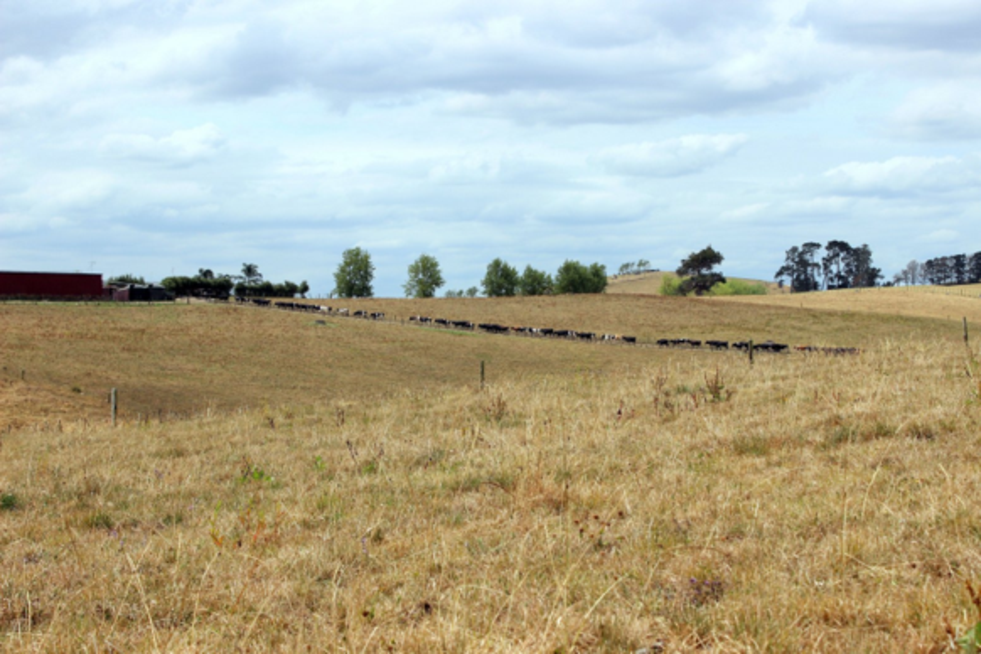Dry pastures need TLC to recover when rain comes
Livestock has been the top priority in areas hit by the recent dry – and rightly so – but now, pastures also need attention, to fuel farm recovery after rain, and provide the main source of feed for the next 12 months.
Successful pasture recovery after drought has three stages: current management in dry conditions; actions to be taken when rain comes, and a renewal programme.
Paul Hames, Waikato and Bay of Plenty area manager for Barenbrug, says the first step is to assess all paddocks on the farm, and divide them into three categories.
“Most important are the Category 1 paddocks, ones you think will recover. Category 2 is for those which might survive; Category 3 is paddocks past the point of no return,” he explains.
Category 1 paddocks are vital for drought recovery, because after rain they will be the first to start providing feed.
Two golden rules apply to these paddocks – look after them while it’s dry, and be patient with grazing after it rains.
It’s critical not to overgraze these pastures during the dry, because ryegrass plants store all the energy they need for survival and regrowth in the basal stem (not below it). Grazing too close to the ground depletes these energy reserves.
“Even if the grass is brown, having 3-4 cm of length on it is much better than having 1-2 cm. The extra length holds the energy to power plants back up for growth when enough moisture is available.”
To protect Category 1 paddocks, Paul says farmers can use Category 3 paddocks as a sacrifice area(s), to hold stock and to feed supplement in, or use a feed pad if available.
“When it rains, keep managing Category 1 paddocks carefully for the next 3-4 weeks as things green up. Putting animals on too soon can kill them. Wait until ryegrass tillers have three leaves before grazing any new growth post-rain.”
Category 2 paddocks meantime should be monitored.
“If you pull plants apart, green in the base of the tiller means there’s hope,” Paul says. “Wait until it rains, then they will become either Category 1 or 3.”
Category 3 paddocks need to be re-sown. These are pastures coming out of summer crop or those which have less than 50% grass cover remaining; contain a high level of weeds; have been damaged by insects; or been used as sacrifice paddock.
“A plan needs to be developed for these, which is typically a mix of winter feed and pasture renewal, and may include full renewal, spray-drilling and undersowing.
“In years like this with widespread pasture damage, undersowing is a key tool, as larger areas can be sown quickly. Options for this include winter crops, 12 month pasture (e.g. Tabu+), 2-3 year pasture (e.g. Shogun), and sowing early in the dry.”


